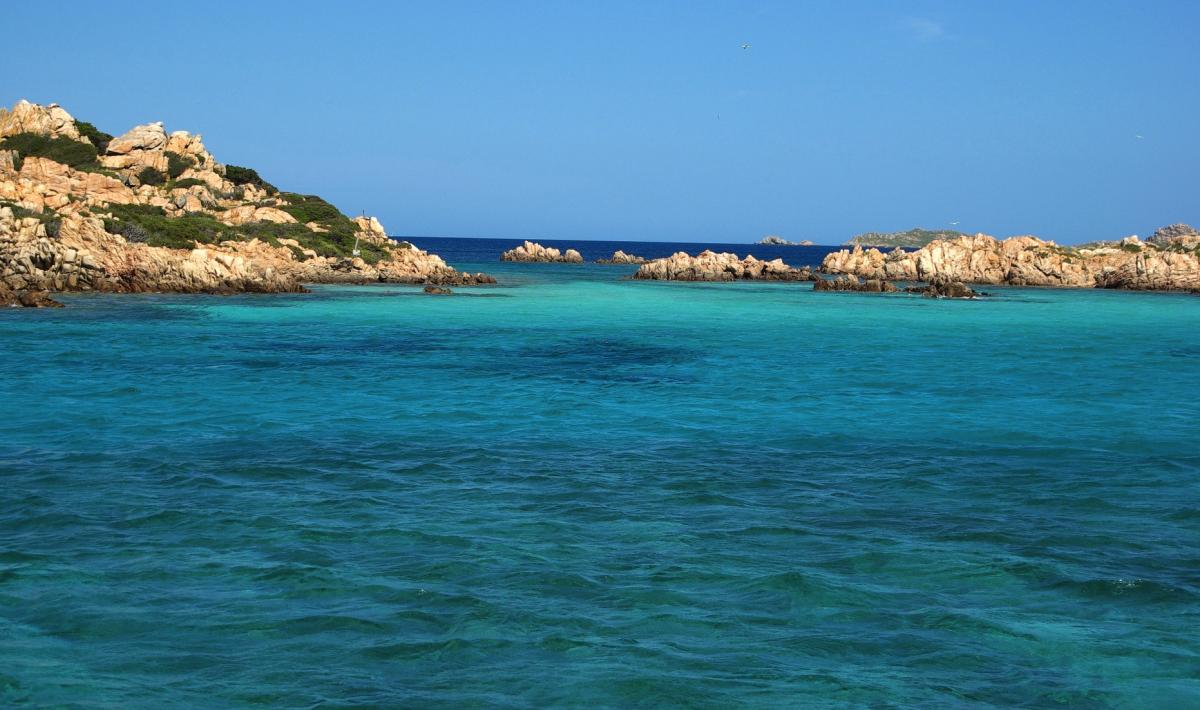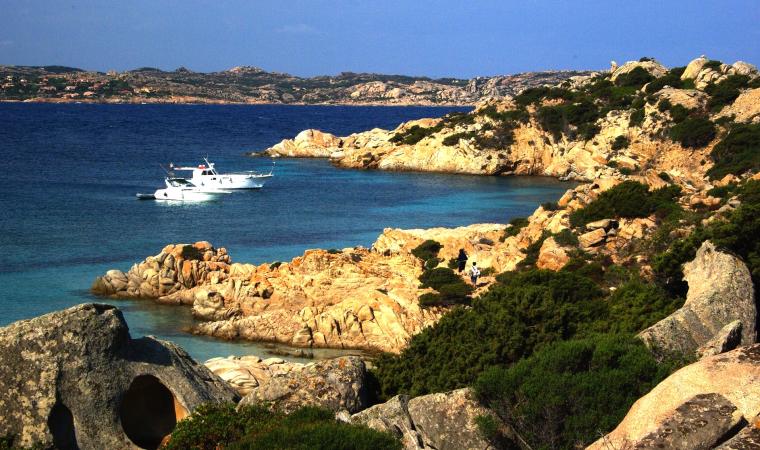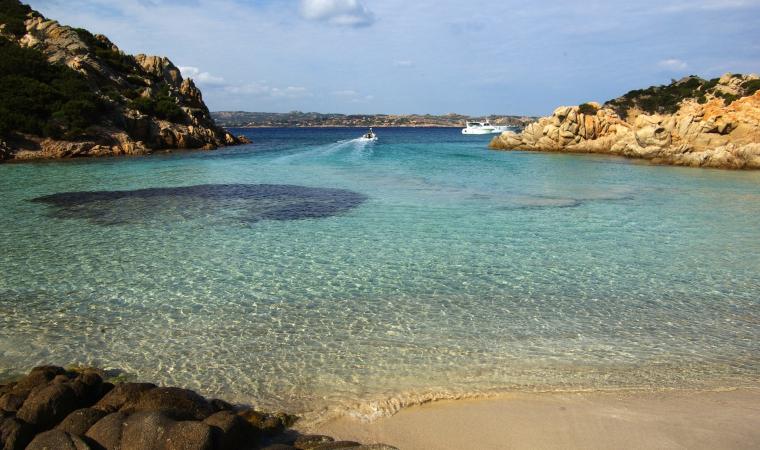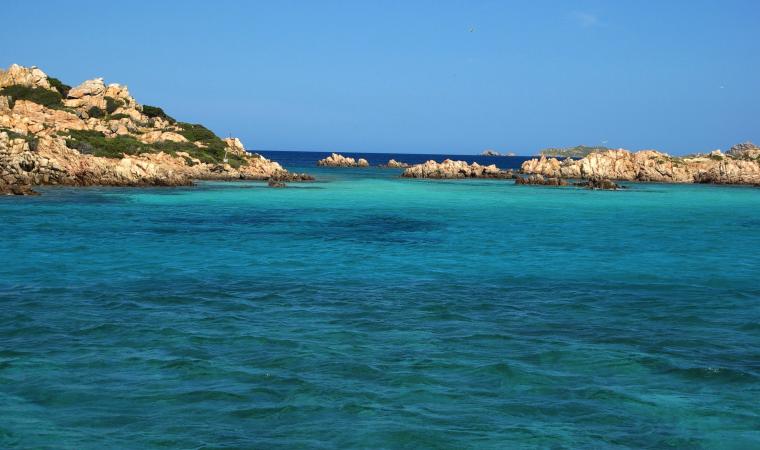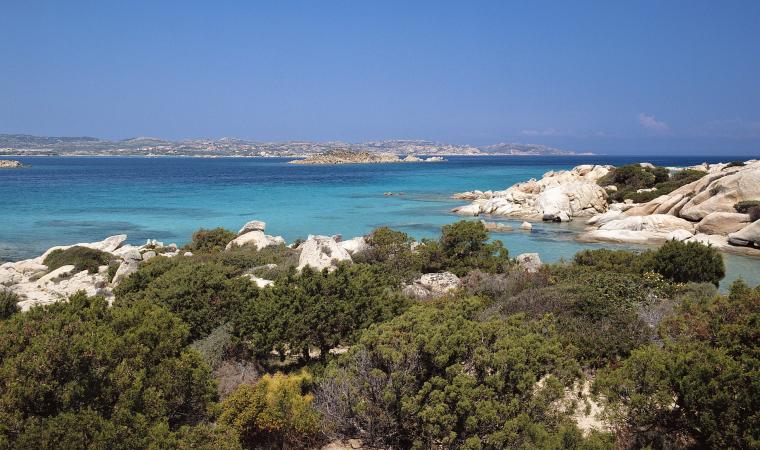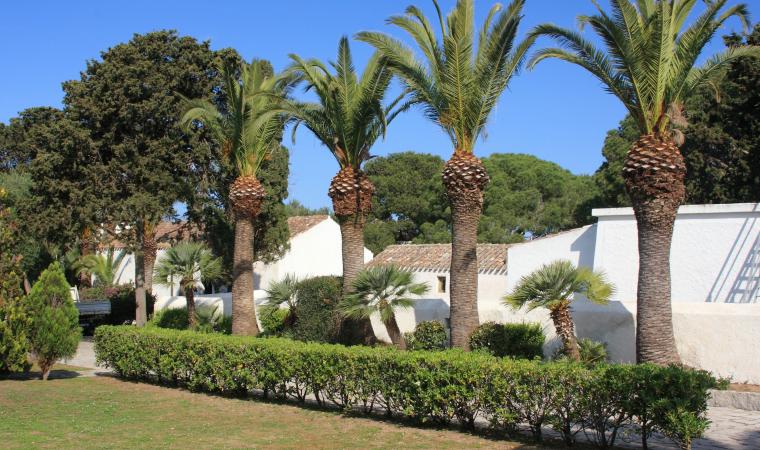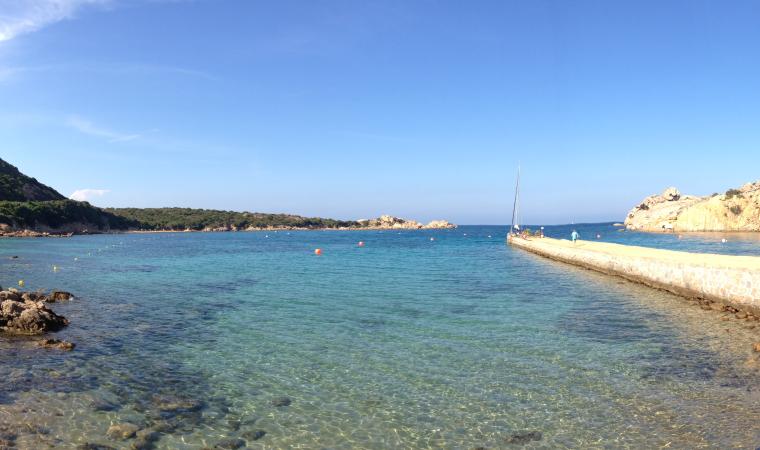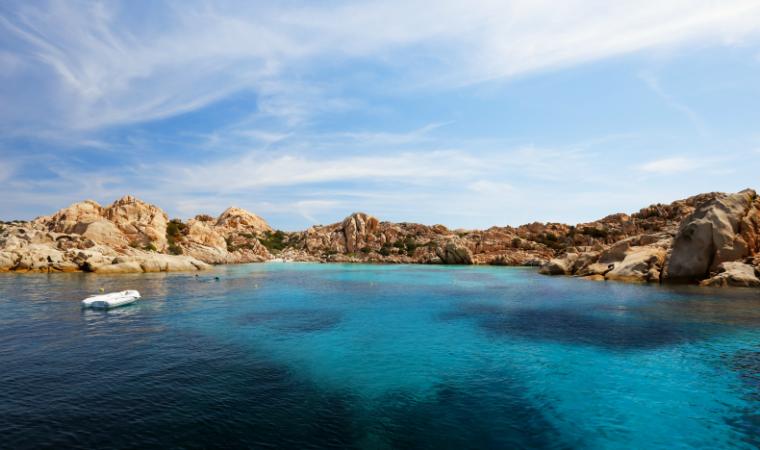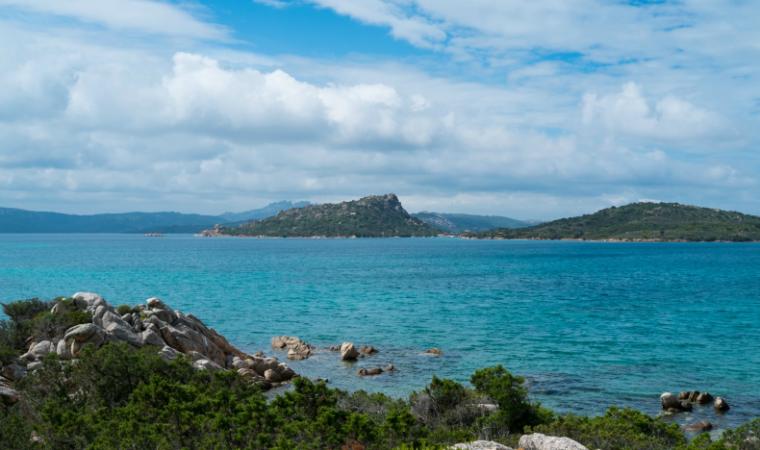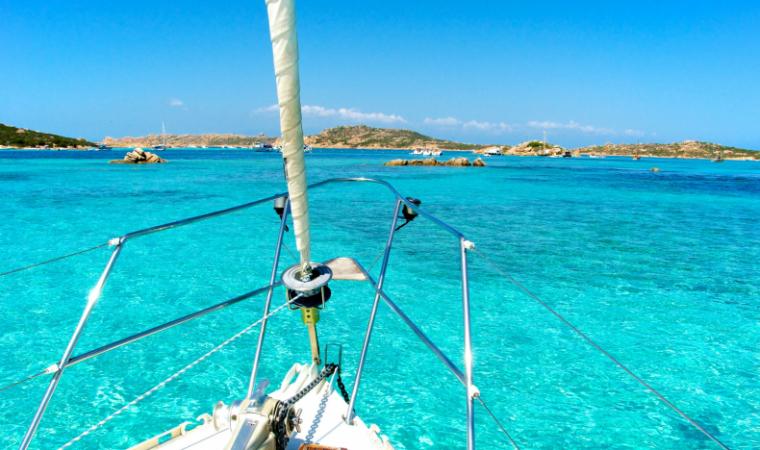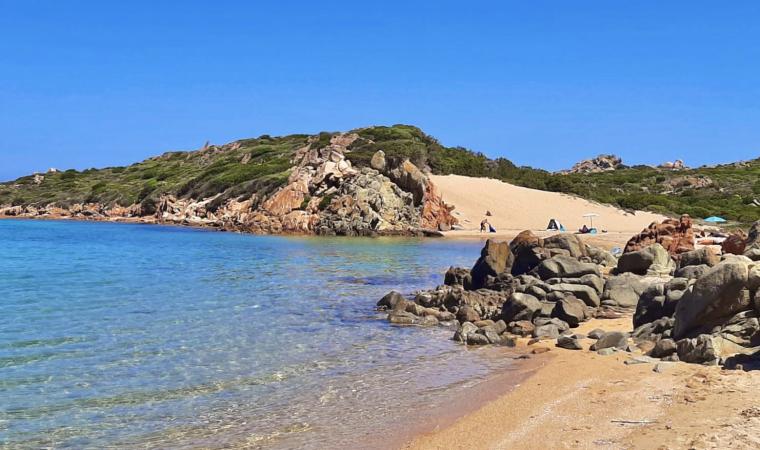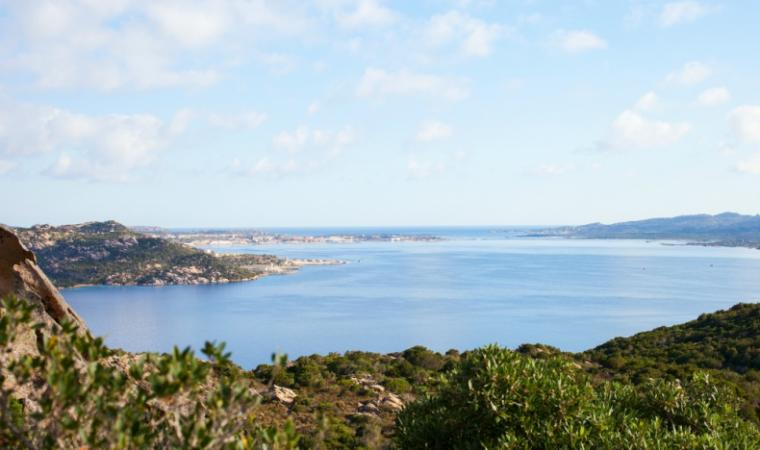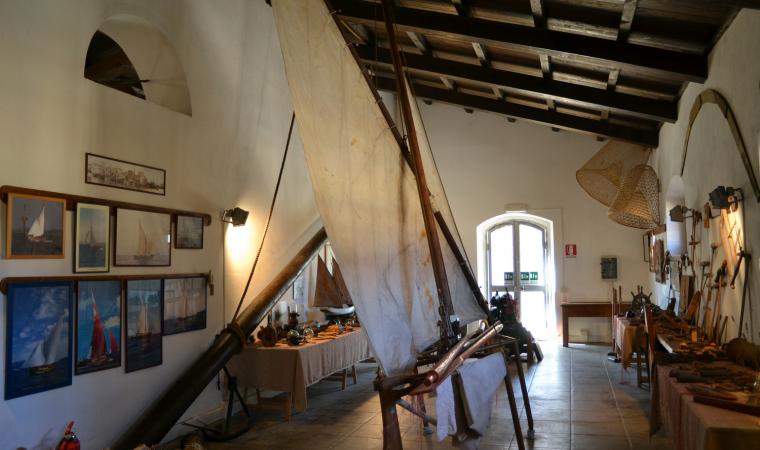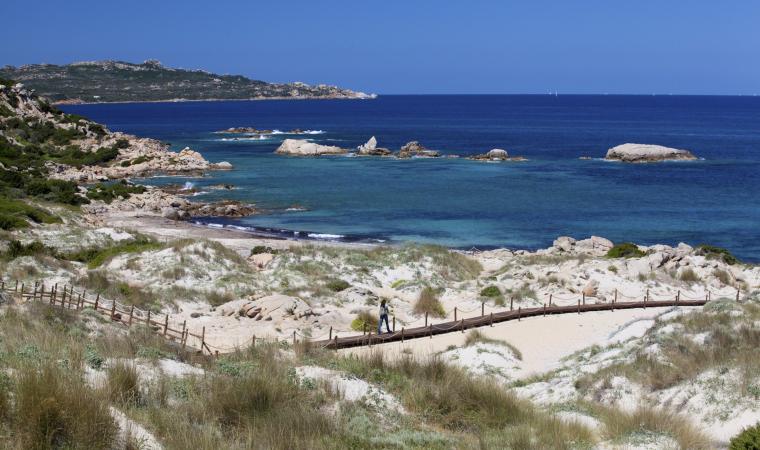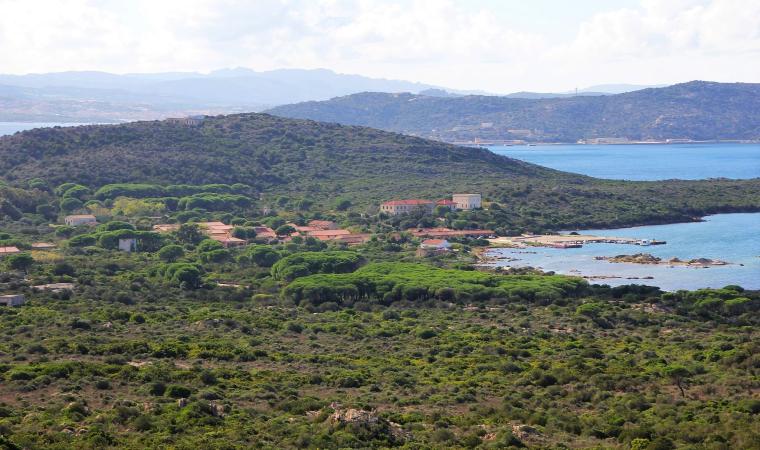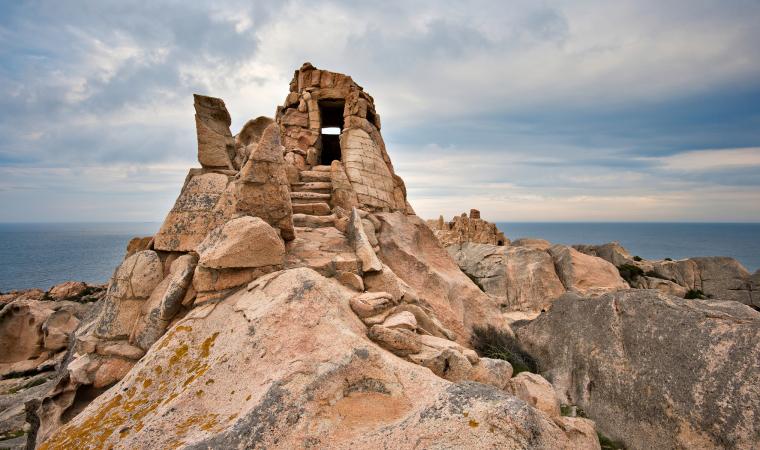Its sea is so transparent that the boats parked offshore seem to be floating in the air. If it weren't for the numerous, multicoloured fish crowding the seabed, the waters of Cala Napoletana would be identical to those of a swimming pool. The surrounding landscape, on the other hand, makes you think of an earthly paradise: fine, soft, white sand, granite rocks tinged with pink and sinuous shapes, patiently smoothed by the wind and waves, and lush, green bushes in the Mediterranean scrub surrounding the small cove.
In reality, the sandy shore is divided into three beaches, separated by rocks and large granite boulders. The water is shallow and the gently sloping, sandy seabed is perfect for snorkelling, thanks to the extraordinarily transparent water. For those who want to relax and admire the view, the central hours of the day are best, when the sun’s rays highlight the natural colours of the beach with magical plays of light.
The beach occupies the northwestern corner of the island of Caprera – the second largest island of the Maddalena Archipelago Park –, on the stretch of coast south of Punta Galera, which can be reached by sea in private boats and on guided tours of the islands of the archipelago, or along a captivating path. The land route starts from the Arbuticci battery – a late 19th-century fortification that houses the Giuseppe Garibaldi Memorial Museum -, and the first stretch of it runs through the Mediterranean greenery, with heather, myrtle, helichrysum and strawberry trees, and then reaches a dilapidated lookout, at a breathtaking viewpoint. From here, you can admire the Strait of Bonifacio and other islands further north of the archipelago, Budelli, Razzoli and Santa Maria. You can then walk among the granite rocks, until you see the deep blue colour of the sea of Cala Napoletana.
The territory of Caprera is entirely protected by the park and it contains unmissable gems like Cala Coticcio, the ‘Sardinian Tahiti’, which can also be reached by sea or via an internal path. To the south, you will find the beach of Due Mari (Two Seas) and Cala Portese on the sides of an isthmus, both washed by the turquoise sea. Further east, you will find the Spiaggia del Relitto (Beach of the Shipwreck), characterised by the spectacular skeleton of an ancient ship lying on the shore. The island is not only known for its beaches, but also for being Garibaldi’s last dwelling: in the Compendio Garibaldino, one of the most frequently visited museums in Italy, you can retrace the adventurous events in the life of the Hero of Two Worlds.

